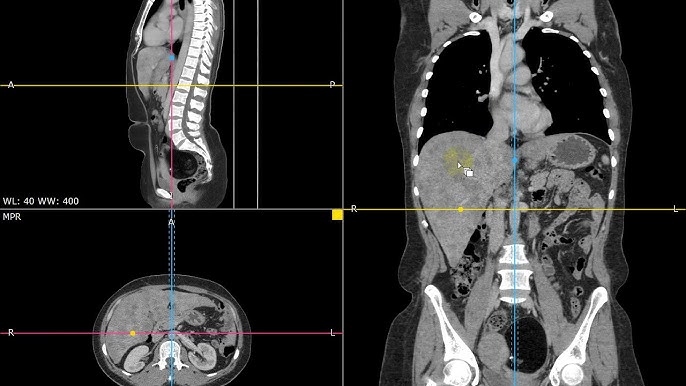As a radiologist in today’s fast-paced medical environment, having a reliable Android DICOM viewer on your mobile device isn’t just convenient—it’s becoming essential.
But with dozens of options flooding the Google Play Store, how do you separate the wheat from the chaff?
Let’s dive into the features that truly matter.
1. Image Quality and Manipulation
Because every pixel counts
- Display Resolution
- Support for high-resolution displays (2K/4K)Accurate grayscale representation
- Proper window/level adjustments
Have you ever squinted at a screen, trying to distinguish between subtle variations in tissue density? Yeah, we’ve all been there. That’s why your chosen app needs to nail the basics.
Pro tip: Test the app’s brightness and contrast controls during your trial period—they should feel intuitive, like extending your hands.
2. Performance and Speed
Because time is always of the essence
Loading a massive chest CT shouldn’t feel like waiting for the paint to dry. Modern DICOM viewers should offer:
- Quick study loading times
- Smooth scrolling through image stacks
- Efficient memory management
- Background processing capabilities
Remember when we used to wait minutes for images to load? Those days should be behind us. Your app should keep up with your thinking speed—nothing less will do.
3. Security Features
Because patient privacy isn’t optional
Let’s get serious for a moment. Security features should include:
| Feature | Why It Matters |
| End-to-end encryption | Protects data in transit |
| Secure login protocols | Prevents unauthorized access |
| Automatic logout timers | Ensures compliance when you’re busy |
| Audit trails | Tracks all image access |
4. Integration Capabilities
Because no app is an island
Your DICOM viewer should play nice with:
- Hospital PACS systems
- Cloud storage solutions
- EMR/EHR platforms
- Other diagnostic tools
Think of it like a medical Swiss Army knife—versatile enough to handle whatever your workflow throws at it.
5. Measurement and Annotation Tools
Because precision is everything
The best apps offer:
- Linear and area measurements
- Angle calculations
- Hounsfield unit measurements
- Customizable annotation tools
- Region of interest (ROI) analysis
Quick thought: When did you last use a ruler on your phone? These tools should be just as natural and twice as precise.
6. Multi-planar Reconstruction (MPR)
Because anatomy isn’t flat
Your viewer should offer:
- Orthogonal MPR views
- Oblique reconstructions
- 3D volume rendering
- MIP/MinIP projections
Remember: The human body is three-dimensional—your viewer should be too!
7. Collaboration Features
Because two heads are better than one
Look for:
- Image sharing capabilities
- Real-time consultation tools
- Report generation
- Comment and markup sharing
Sometimes, you need a second opinion at 3 AM. Your app should make that as painless as possible.

8. User Interface and Experience
Because life’s too short for bad UX
The best interface is one you barely notice. It should offer:
- Customizable layouts
- Gesture-based controls
- Quick-access toolbars
- Preset management
Think about it—how many taps should it take to adjust window settings? If it’s more than two, keep looking.
9. Offline Capabilities
Because connectivity isn’t guaranteed
Your app should:
- Cache recent studies
- Allow offline viewing
- Sync automatically when connected
- Manage storage efficiently
Have you ever tried loading images in the hospital basement? Exactly. Offline access isn’t a luxury—it’s a necessity.
10. Support and Updates
Because software is never really finished
Consider:
- Regular security updates
- Feature improvements
- Technical support availability
- User community engagement
Here’s a thought: When was the app last updated? If it’s been more than six months, proceed with caution.


